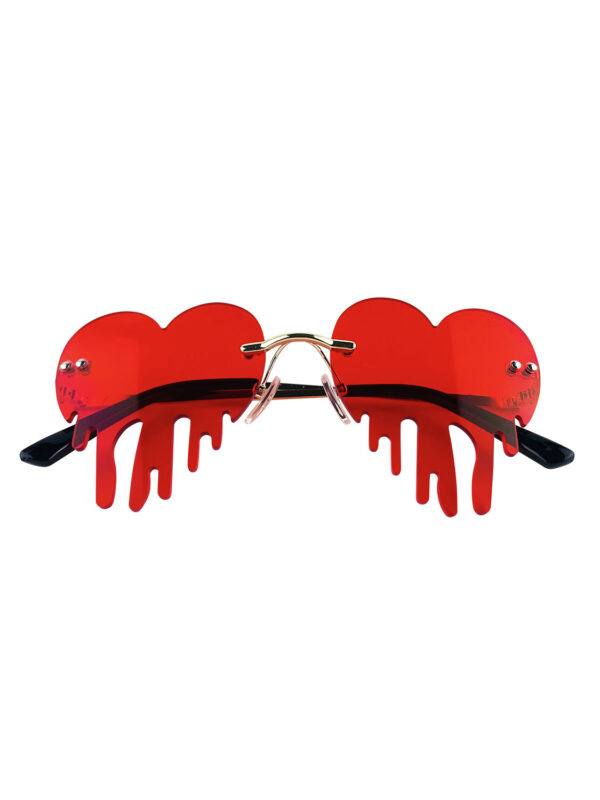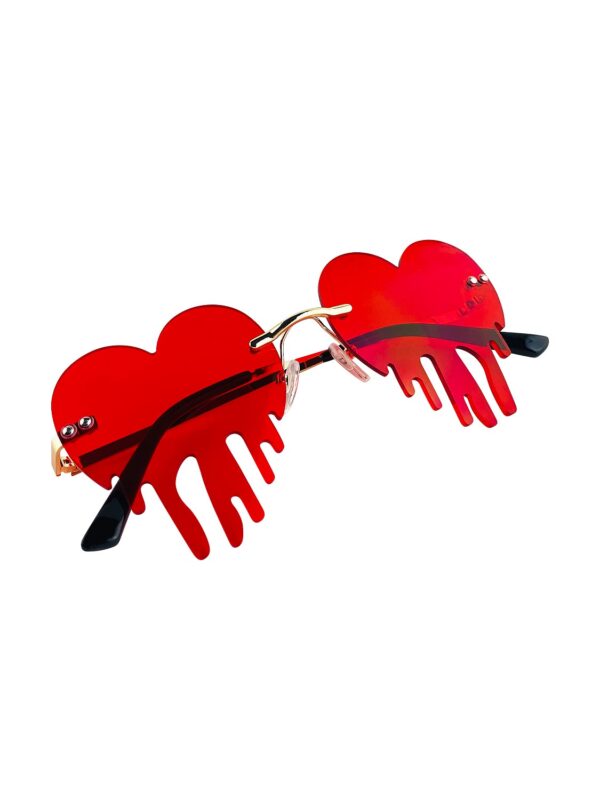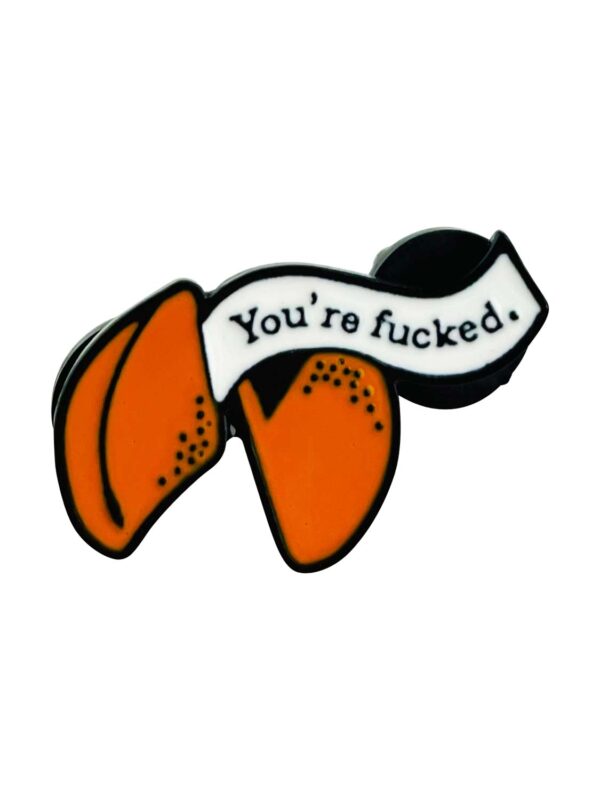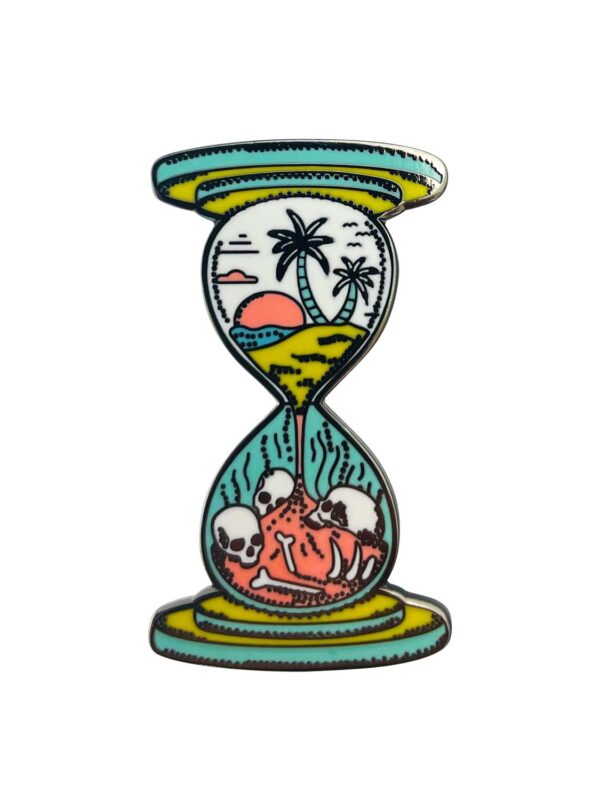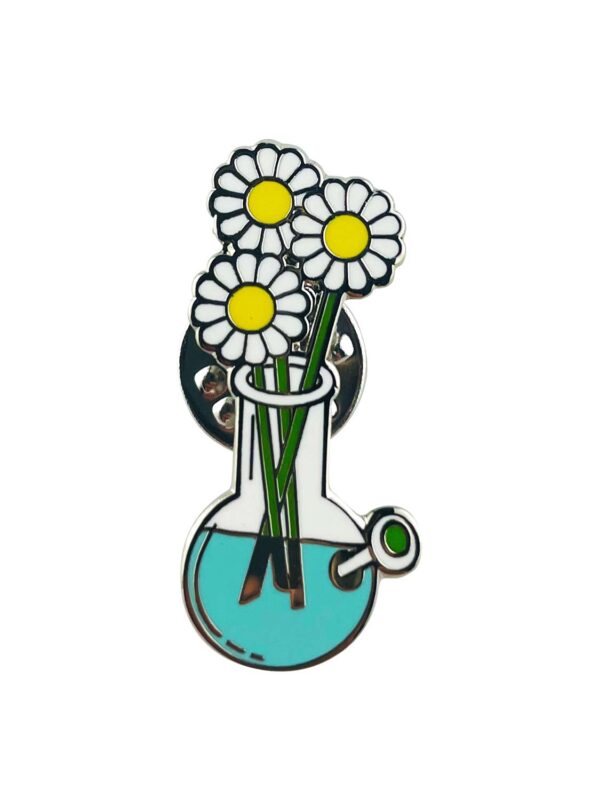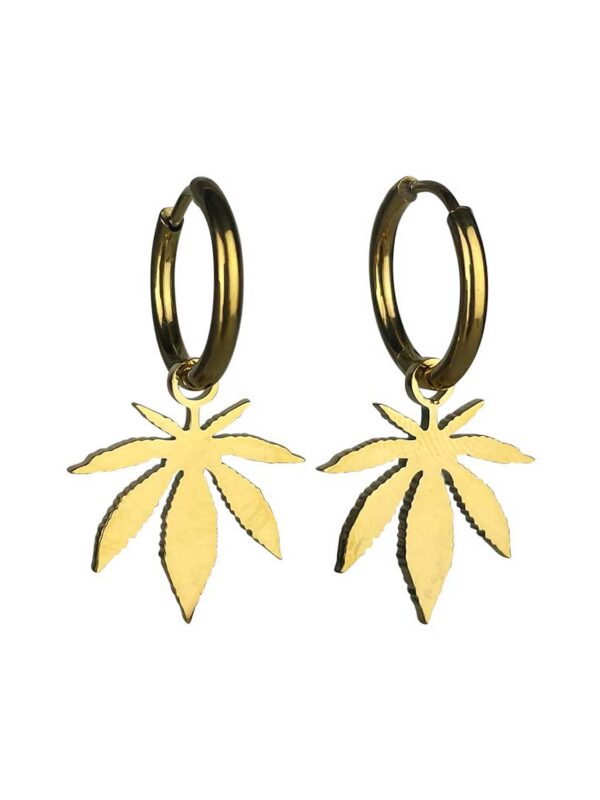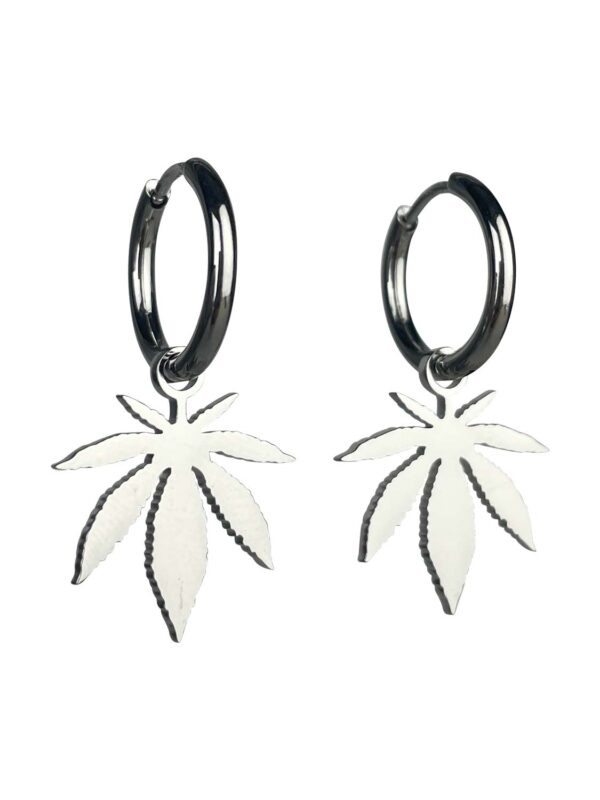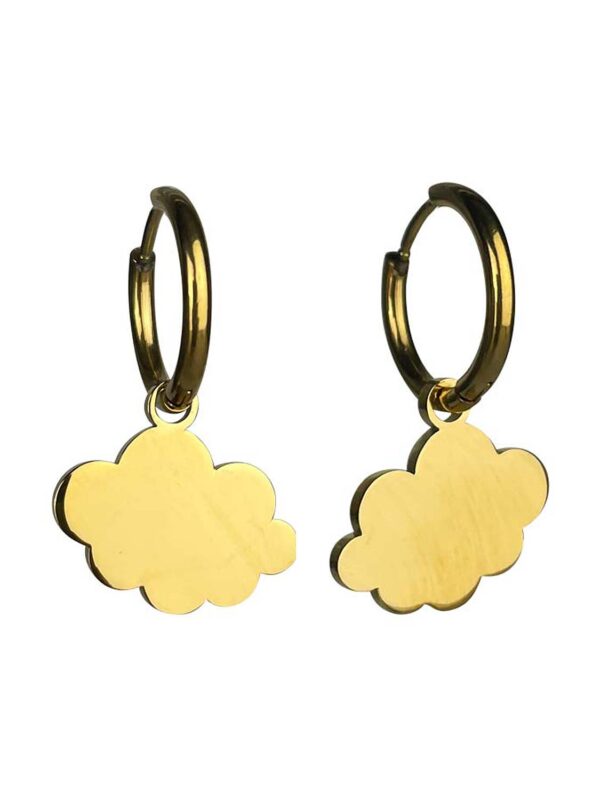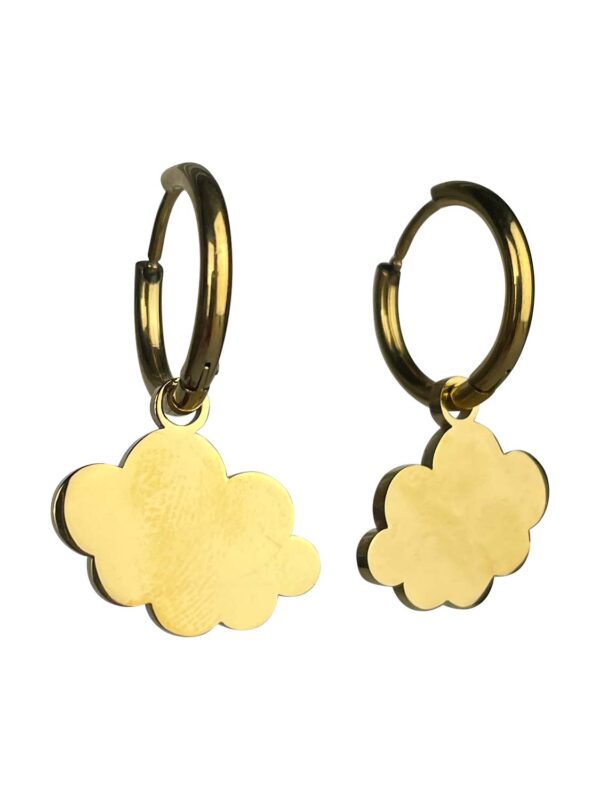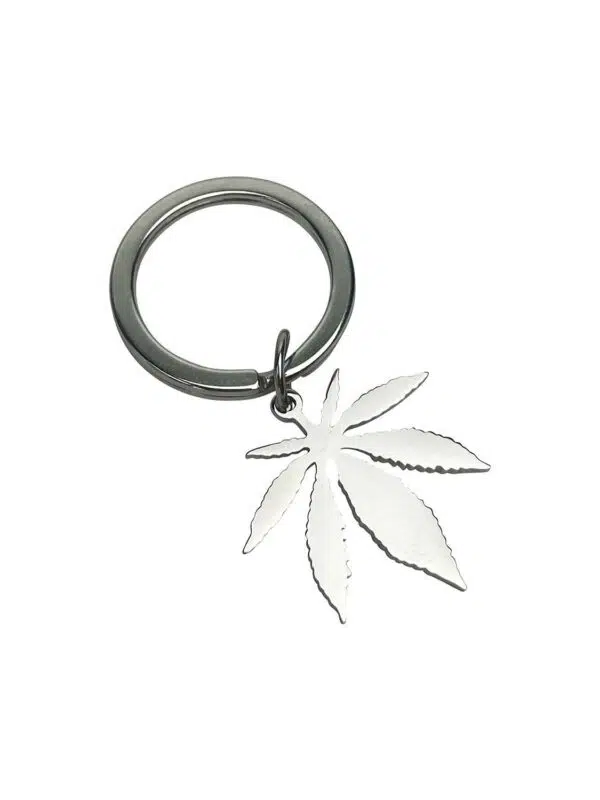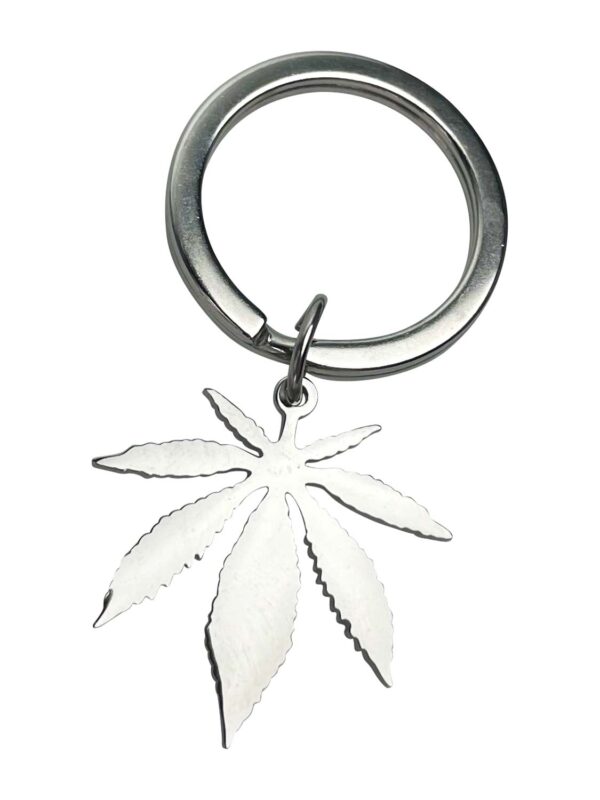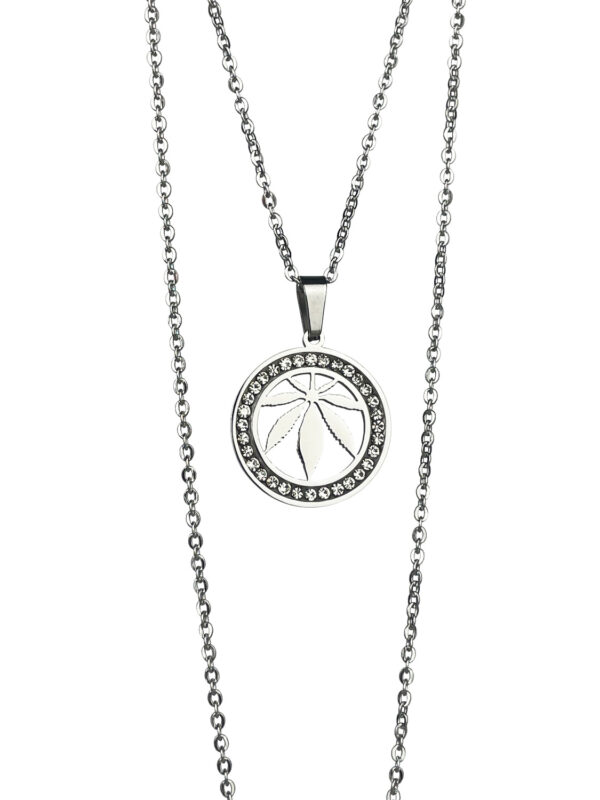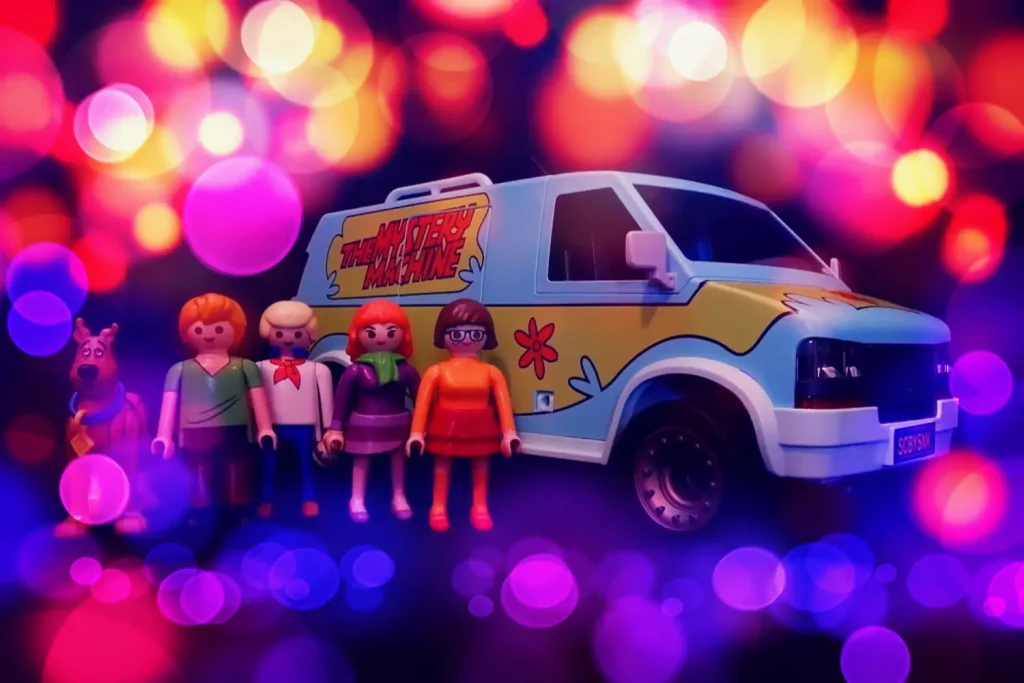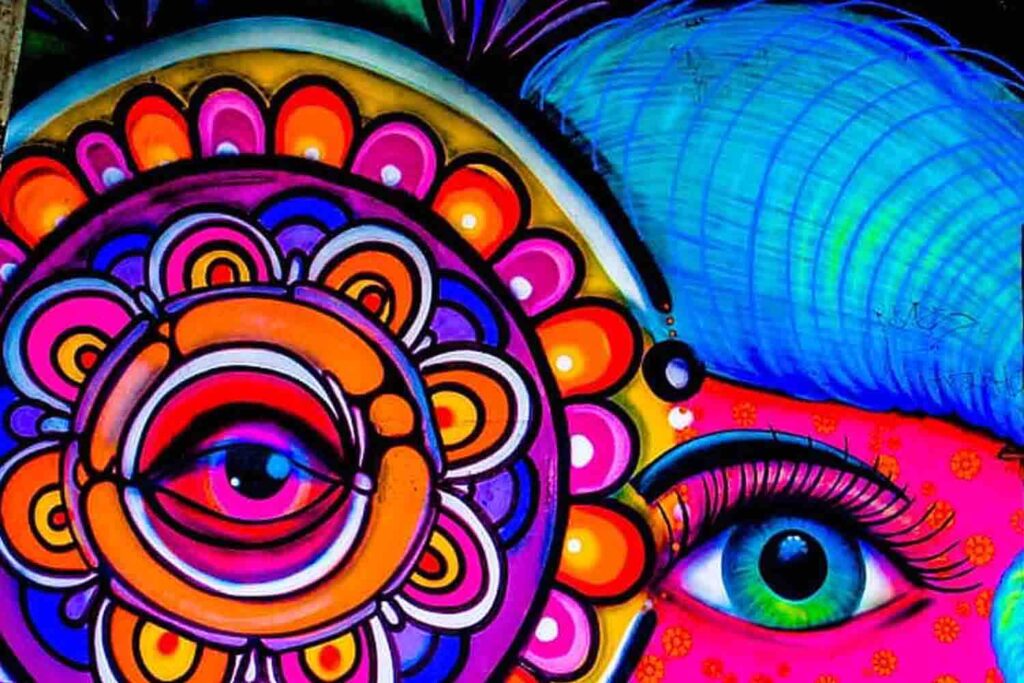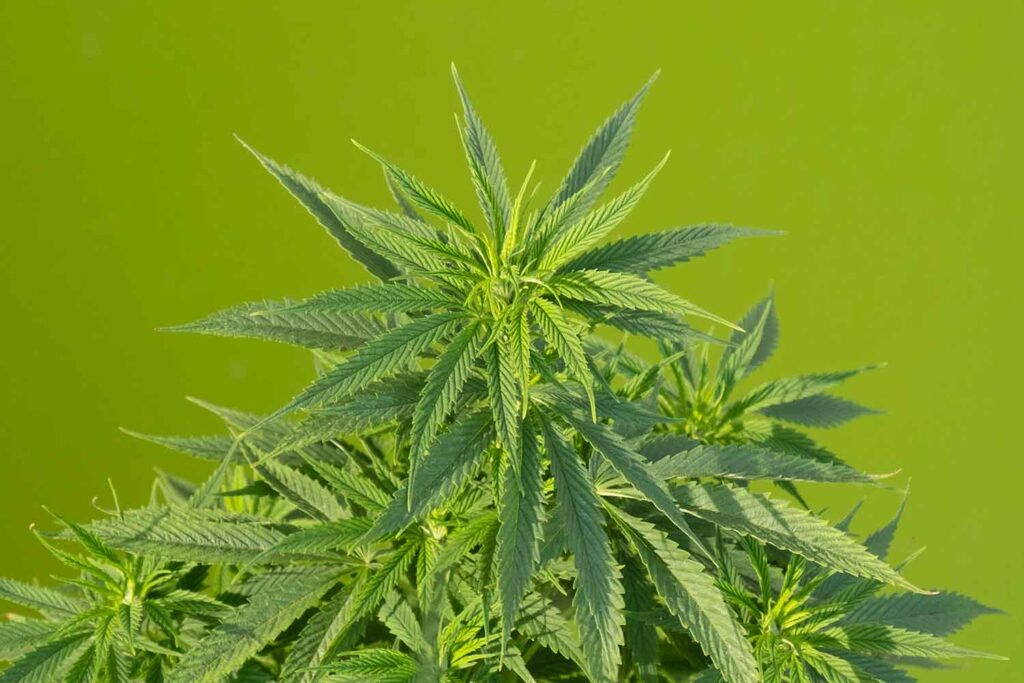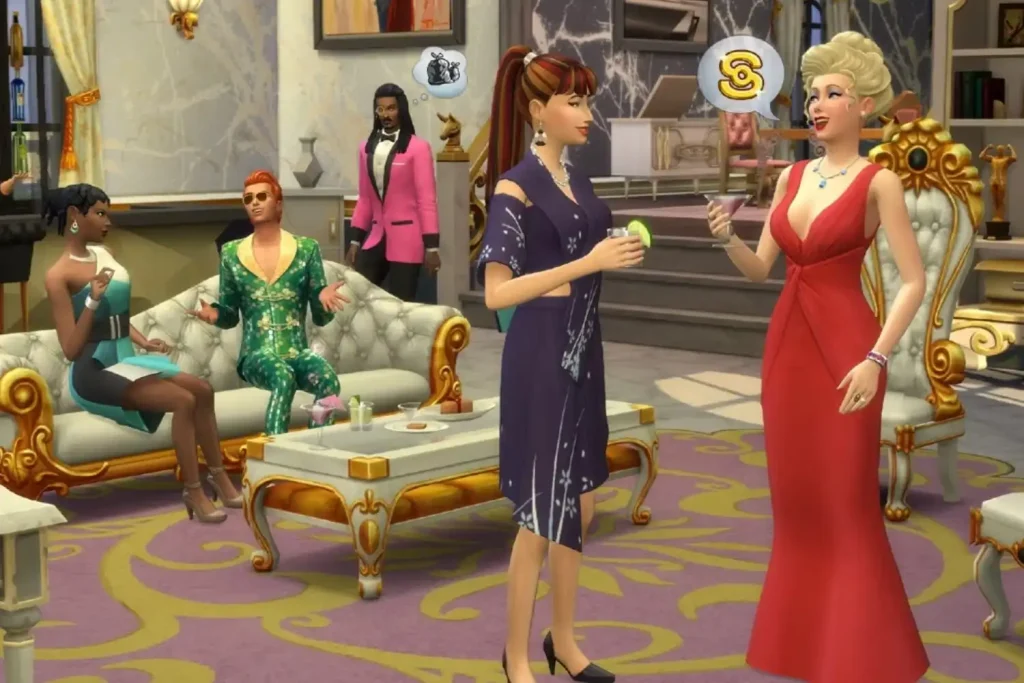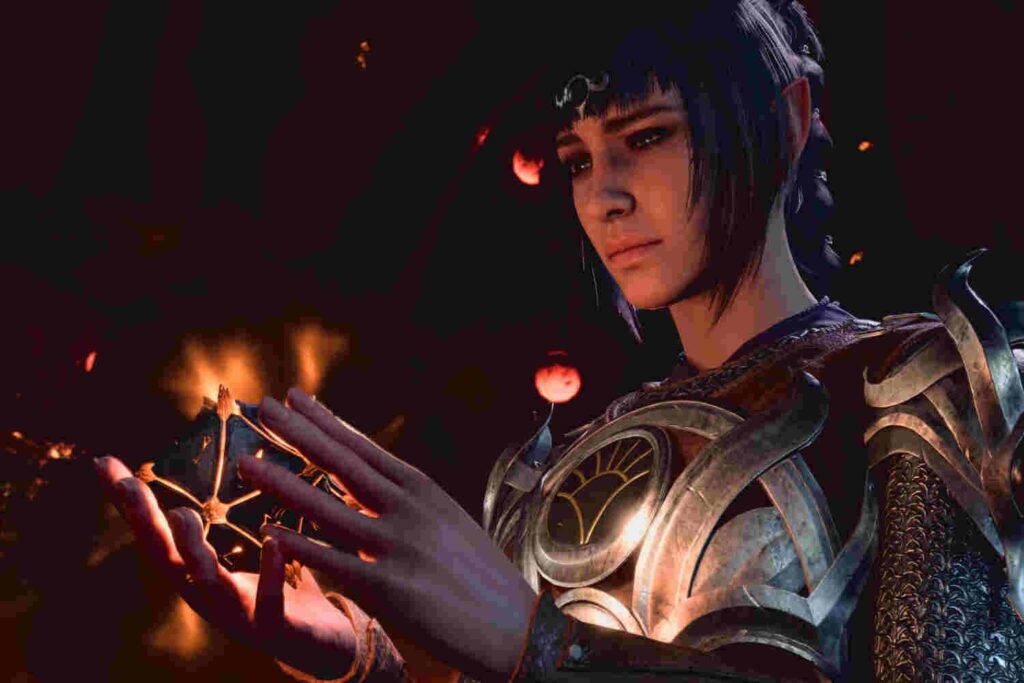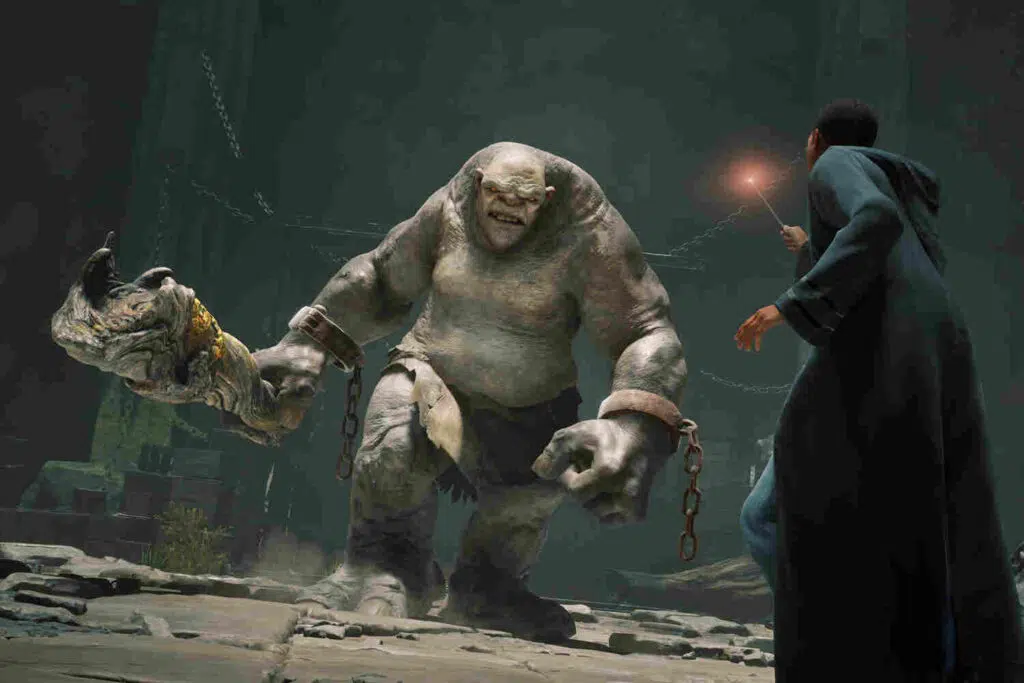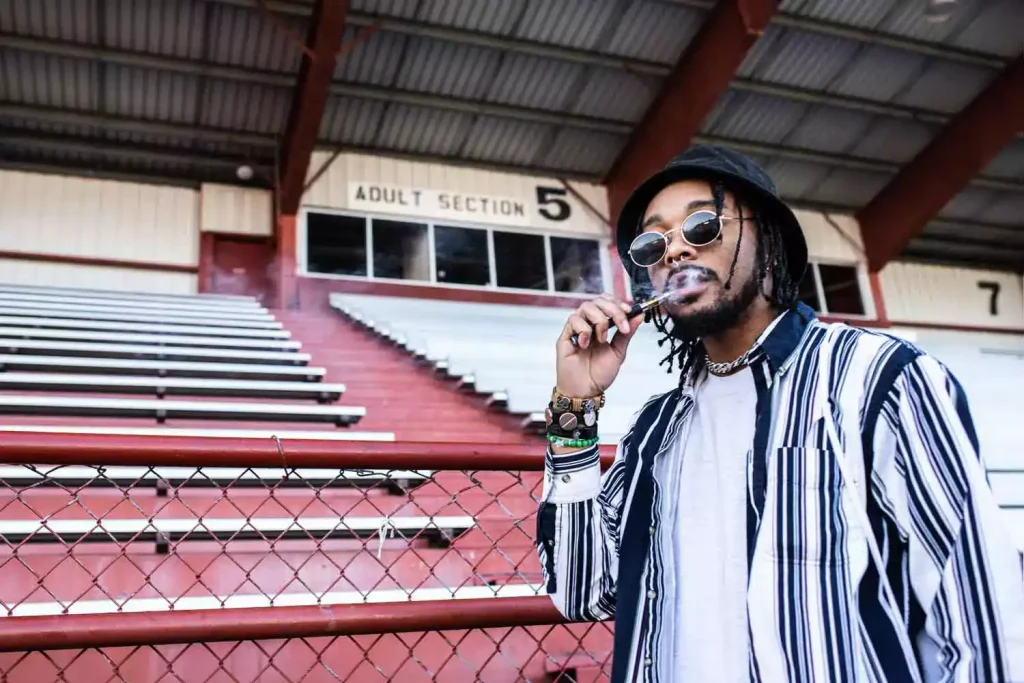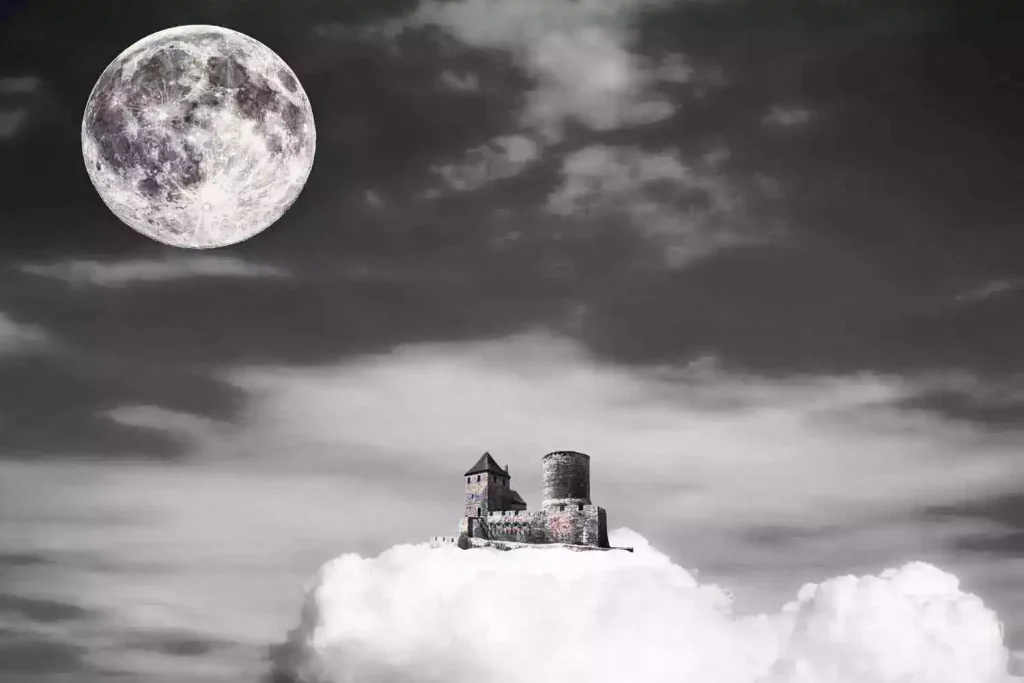What is Stoner Aesthetic?

The stoner aesthetic is as unique as it is varied. It impacts everything, from music to art to movies and beyond. Its influence often goes without being noticed, yet stoner aesthetics inform trends just as much as any other. Much like the rising cottagecore and dark academia aesthetic trends, stoner aesthetics – also referred to as “substancecore” – have slowly come to be accepted and loved even outside of the stoner community.
Photo: Unsplash
Stoner Aesthetics
When talking about a stoner aesthetic, most people automatically think of hippie culture. The two definitely share some core elements, namely the use of substances. But outside of that, the two couldn’t be further apart.
Stoner Aesthetic Merch
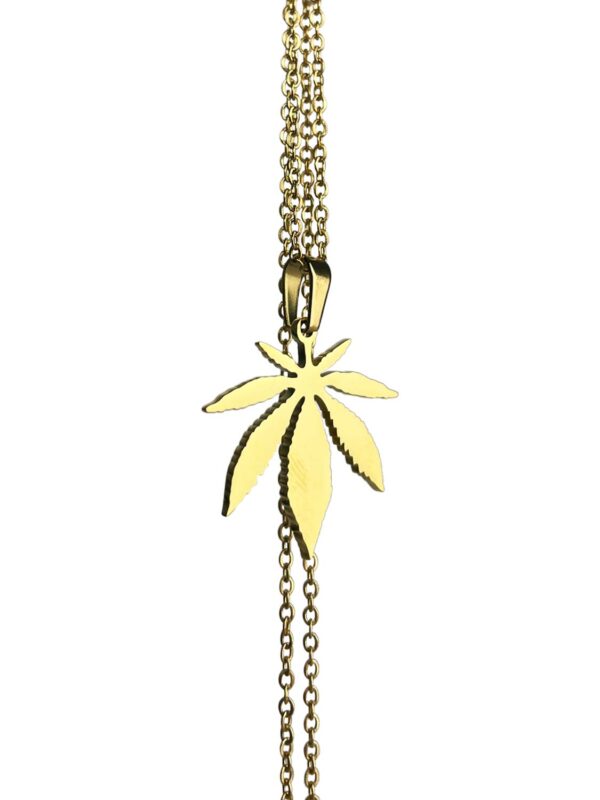
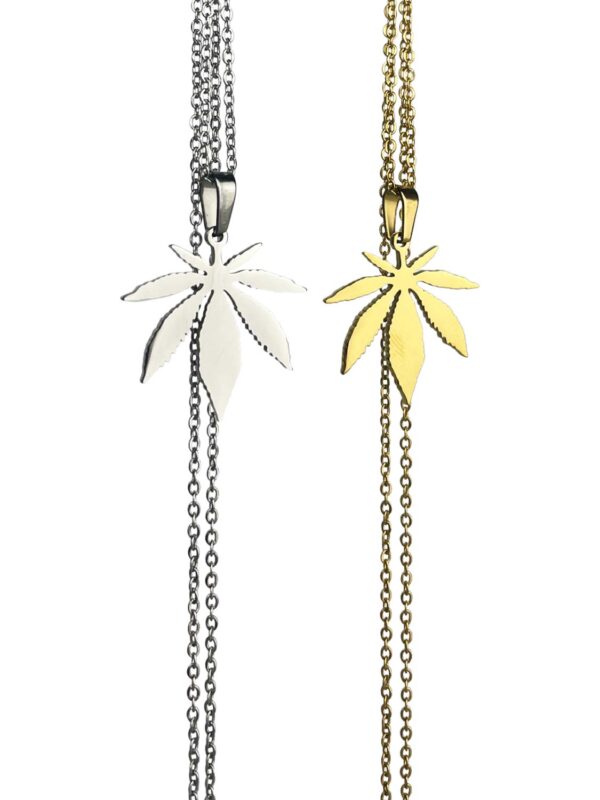
Weed Leaf Necklace • 316L Stainless Steel
$19.99Psychedelic & Trippy Stoner Aesthetic
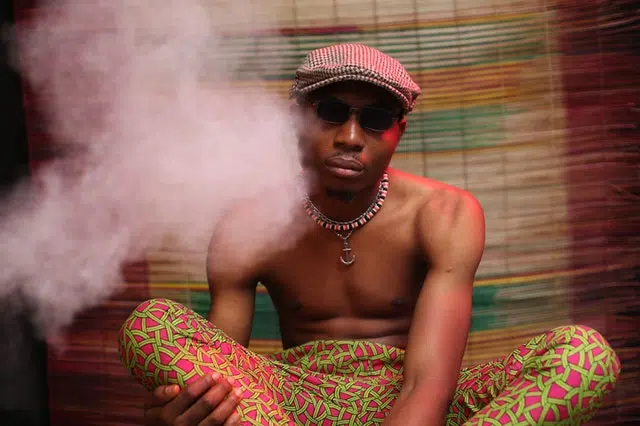
Starting with the actual substance of choice – cannabis versus psychedelics, for instance – and going all the way to core philosophies and clothing, stoners and hippies are distinct communities with their own unique vibes. A person can certainly be both at the same time. Bob Marley is perhaps one of the best examples of that.
But one could also find they align more closely with one specific subculture.
Hippie culture was born out of anti-war, anti-state, and anti-capitalist ideals. It was built on the notion of freedom and community, and as such favored trippy and psychedelic aesthetics. While hippies were often fans of mind-altering substances like acid, many did indulge in weed as well.
Stoner culture has similar ideals, but its focus is largely on the use of cannabis. Historically, “hashish” was closely associated with intellectual and philosophical pursuits, going as far back as the 1800s. But even before that, weed had religious and spiritual uses. These were prevalent in Asia and the Middle East before becoming more common in Western cultures.
As such, hippie culture revolves around trippy, mind-bending psychedelia and community. Stoner culture sits more firmly in individual enlightenment and healing.
The two do, nonetheless, intertwine, and many stoners are also hippies at heart in some way or the other.
Reggae – The ultimate stoner hippie aesthetic
Music is the first element that defines and shapes stoner culture and, by extension, stoner aesthetic. Across genres, however, there are a few that have had a much more significant impact on the culture than others, with reggae being at the top of the list.
If one were to isolate the why behind reggae’s influence on stoner culture, it would probably have to do with the its ability to transport its listener to a completely different headspace. And no one was better at doing just that than Bob Marley himself.
Marley solidified his position as the king of reggae and stoners alike throughout the hippie era and beyond. His legacy lives on not only because of his music but also because of his deeply spiritual teachings that encouraged unity. And the icing on the cake was Marley’s commitment to marijuana advocacy and his attempts to make the herb accessible to all.
Trippy Psychedelic Art
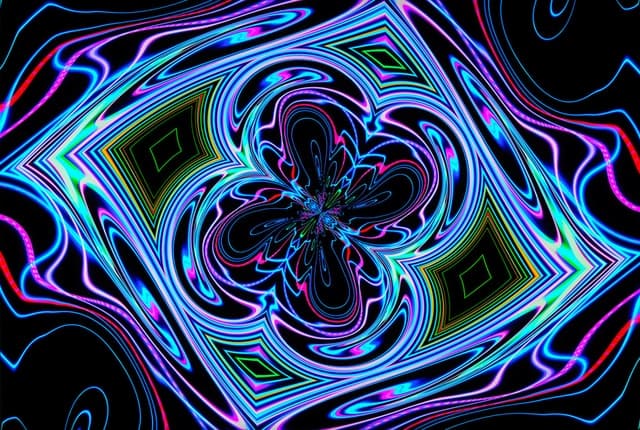
One of the biggest contributions to stoner culture came in the form of psychedelic art.
It’s no surprise art is a popular stoner hobby. In addition to being a wonderful mode of self-expression, it’s also one of the best activities to do while stoned.
Trippy art blossomed during the hippie era. Colorful, kaleidoscopic murals that preached peace and love were the norm. Sparked by the ingestion of psychedelics, this form of art soon came to be loved worldwide. Even modern art takes several cues from trippy pieces.
Past the hippie influence, though, stoner art is rooted in freeing one’s mind from the shackles of society. It pushes its creator beyond the common and mundane. Stoner art also often includes shades of surrealism and abstract art, blended into trippy colorful pieces with intricate, mind-bending environments.
Aesthetic Stoner Room
Of course, we can’t talk about stoner art without also mentioning aesthetic stoner decor. Trippy stoner rooms have gone in and out of fashion, but for stoners themselves, it’s more of an ever-evolving lifestyle.
Trippy art is, as noted, psychedelic. It straddles mind-bending visuals on one side and enlightening surrealism on the other. But there’s an additional element to these works that makes them so integral to stoner culture: they make people happy.
Whether it’s the colors or the fractal patterns, trippy stoner art has the power to induce joy in a viewer. And that’s exactly why it makes for the perfect addition to a stoner’s room, especially as an aesthetic wallpaper.
Outside of decor, the blue stoner aesthetic is also extremely popular. Blacklights or UV lights have become an increasingly popular aesthetic for home decor. One popular use of them is as an accompaniment to paintings that use fluoresce ink. Meaning if you’re looking to take your trippy aesthetic stoner room to the next level, a blacklight might be exactly what you’re looking for.
Grunge
Stoner aesthetic had its early influences from reggae and hippie culture. But the ‘80s and ‘90s soon reshaped what it meant to be a stoner entirely. While there are several versions of how this came to be, many do credit Soundgarden’s 1988 album “Ultramega OK” as being the singular shift that took stoner aesthetics from trippy psychedelia to gritty grunge.
Stoner Rock
The second greatest musical influence on stoner aesthetics following reggae was rock music. Specifically, subgenres like doom metal, punk, and psychedelic rock helped redefine not just the stoner aesthetic but youth culture itself. While older generations saw the genres as being the literal highway to hell, for younger folks, it proved to be just the catharsis they needed.
Stoner rock would be shaped out of this era of punk and anti-establishment anarchy, with cannabis as its centerpiece. Where reggae focused on spiritualism and grew alongside hippie culture, rock was the ultimate vehicle for counterculture punk movements.
Acts like Blue Cheer in the ‘60s and later Kyuss and Sleep in the ‘90s would help pioneer the genre. And the Roadrunner Records ‘97 compilation album “Burn One Up! Music for Stoners” would seal the deal of categorizing this emerging sound as distinctly stoner. Alongside the sound, the aesthetics of black leather, spikes, colored hair, tattoos and piercings, and much more all became part of the larger stoner aesthetic.
Some of the greatest bands of all time, such as Led Zeppelin, Black Sabbath, and Pink Floyd, have also been labeled as being stoner rock acts. Many of these artists are not particularly fond of the label, however, despite several newer self-proclaimed stoner rock acts paying tribute to these bands in their work.
Ultimately, the labels are of far less consequence when compared with how the music itself makes you feel. And much like with reggae, any rock song that can transport you mentally and emotionally is essentially a stoner rock song.
Hip-hop and Rap
Weed has been intrinsically linked to the hip-hop and rap genres. Cannabis is featured heavily in hip-hop and rap lyrics as well as music videos. Additionally, many famous artists within the genres are also vocal stoners and activists themselves. From Wiz Khalifa and Snoop Dogg to Rihanna and beyond, there are plenty of people who have spoken in favor of using weed both as a recreational as well as a medicinal substances.
Beyond using weed, hip-hop and rap also have a similar quality of creating a different headspace for listeners. These genres are part of the stoner aesthetic precisely because they can often get you feeling high long before you take your first hit for the day.
Stoner Girl Aesthetic
The title may say “girl” but really, the “stoner girl” aesthetic is not particularly gender-bound. This aesthetic blends more widely-known stoner aesthetics, such as trippy or grunge fashion, with spiritual ones, such as pagan and occult symbolism. Think stoner meets witch aesthetics.
Stoner Witch Aesthetic
This aesthetic typically blends the act of getting high with spiritual rituals, such as cleansing and space clearings, the use of candles, incense, and sage to ward off negativity, and the placing of healing and enlightening crystals and gemstones in strategic locations. In spiritualism, these are all important daily rituals to help people who practice witchcraft maintain peace and stability in their lives. Combined with stoner aesthetics, these practices become essential self-care rituals for the average stoner girl.
Stoner Aesthetic Clothes
Stoner fashion often gets placed into stereotypical boxes. But much like other aspects of stoner aesthetics, stoner fashion is extremely varied and diverse. And this is no more apparent than with the stoner girl aesthetic.
Back in the ‘60s, stoner fashion involved loose, colorful clothing which was similar to the hippie outfits at the time. Dreadlocks and beanies also became quite common among stoners, along with psychedelic and cannabis-themed patterns, cargo shorts and baggy Indian-style trousers, as well as ponchos and rugs.
With metal rock and grunge in the ‘80s, stoner fashion evolved to include a wider range of colors, fabrics, and patterns. Stoner aesthetic outfits, eventually, became just as much about freedom, contentment, and ethical consumerism as about making stronger statements about one’s sociopolitical leanings and the movements one aligned themselves with. This soon blended with the punk and skater fashion of the ’90s, adding even more range to stoner fashion and aesthetics.
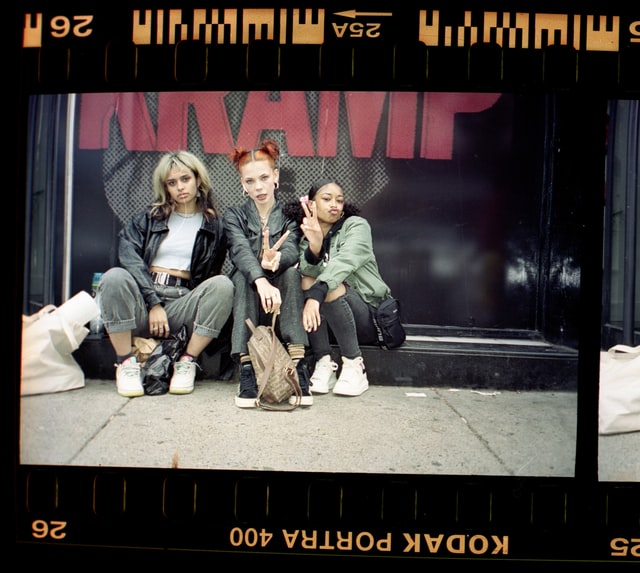
Ultimately, though, it doesn’t really matter which style you lean toward. Stoner fashion is all about being comfortable in your own skin and not buying too heavily into aggressive marketing.
Free Your Mind, And The Rest Will Follow
We thank En Vogue for these sage words.
Stoner aesthetics are super fun. So is experimenting with your sound and fashion. But don’t be bogged down trying to mimic someone else’s version of freedom. Instead, try finding your own stoner aesthetic by exploring what it means to be uniquely you. After all, nothing says stoner quite like being your most authentic self!

